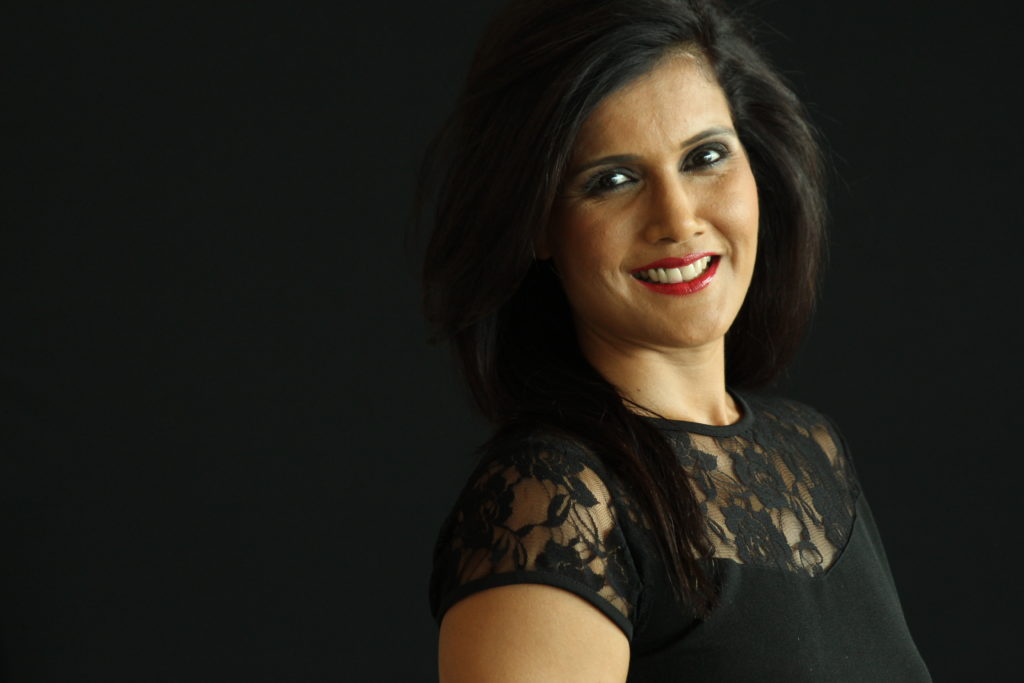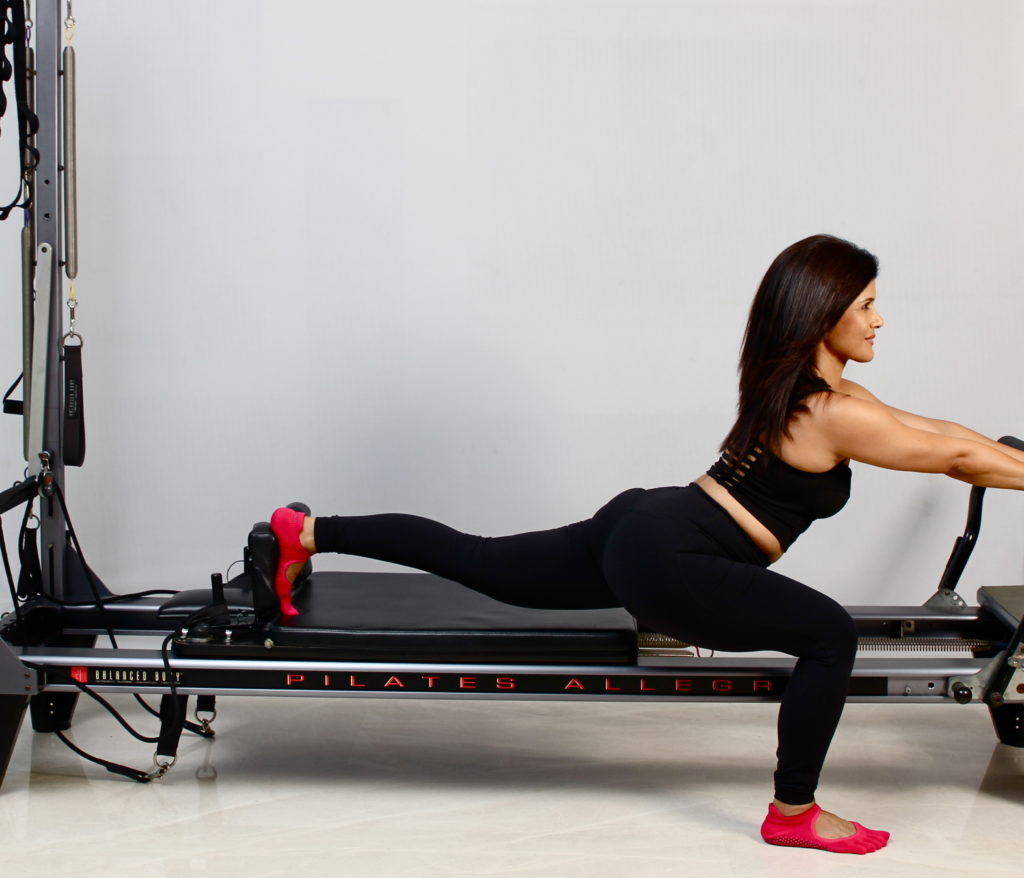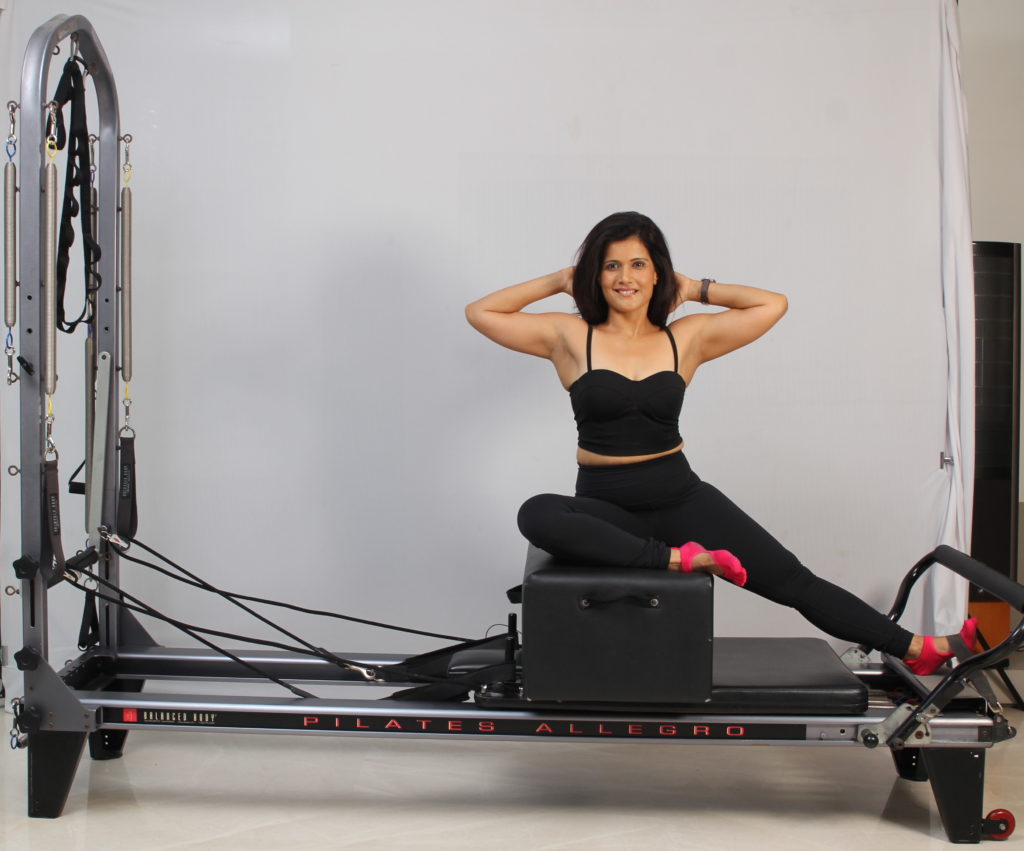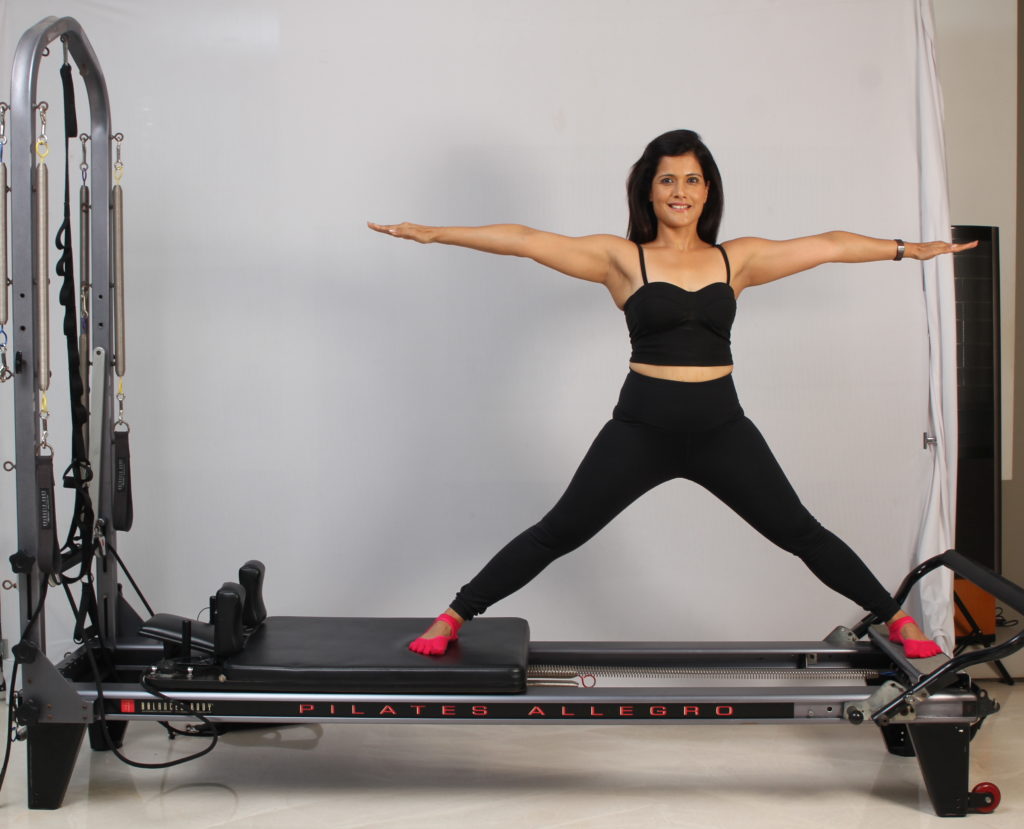By Sheetal J Shah , Core Pilates Studio, Worli
Pilates has carved a niche for itself in the modern exercise regime. No longer restricted to the workout routine of just athletes, it is being sought after by many people especially in urban spaces to achieve modern fitness goals. Our lifestyle has taken a turn towards sedentary mode which in the long run is quite harmful for health. In such a scenario, Pilates offers the perfect combination of a convenient workout with great benefits such as strengthening of muscles, toning of body, improved posture and increased flexibility.
Pilates offers plenty of benefits to your body, no matter your fitness background, age or gender. It helps you to focus, improve posture and bodily alignment as well as increase stamina.
So if you’ve wanted to try Pilates classes but something has been holding you back, it’s the time to sign up for your first class because the best and appropriate way to learn this type of exercise is under the care of a trained professional at a Pilates studio. This ensures that one learns the correct way of doing the exercises and holding the postures, which is of the utmost importance.
Do not hesitate to sign up for your first Pilates class, even though the newness of it may seem intimidating initially. But we all have to start somewhere. However, before signing up for any class one should be aware
Here are five things you must know before taking your first Pilates class:
1) There are two different kinds of Pilates classes – Mat Pilates and Reformer Pilates
Pilates are versatile in a way that you can opt for mat classes where you will be doing the exercises on a mat to cushion pressure points, or on a machine called
Typically, a good Pilates studio caters to both kind of arrangements. This gives you the freedom to decide which method would suit your body in a better manner. It is essential to know this bit before you commit to one type of workout routine, that on average lasts from 45 minutes to one hour.
Both options focus on the concept of control rather than cranking out endless reps or muscle exhaustion. Regardless of the class you choose, make sure to let your instructor know your skill level so that your training can be framed out accordingly, especially if you are beginner.
2) Be prepared to feel your muscles burn and to feel sore the next day
Pilates is more about control than exhaustion.But holding the postures for the appropriate amount of time and in the correct pose does tire out the body.So while you may not be crushing high intensity exercises like Cross-Fit or lifting heavy dumbbells, the bodyweight based routines that Pilates offer can be pretty intense in their own right.
For example,the exercise called The Hundred is all about abdominal focused movementsthat involve less than two inches of constant motion,which will make your abs burn. This ability to focus on small movements means that you’ll work on all the muscles that are supposed to be targeted by each exercise set.
Naturally, such workouts will leave you drained. As with any other exercise, the burn would turn into sore muscles the next day for which you should be mentally prepared. Many people assume that Pilates are easy. When they start these exercises, they realise how incorrect their assumptions had been.
3) Wear comfortable clothes-
Pilates work on building your core, postures, body flexibility, agility and stamina. The workouts tend to be of high intensity. One should be comfortable so that the body muscles do not become restricted and can be easily manoeuvred to perform all the exercises.
The clothes you wear should be comfortable, but not too loose. Body-hugging clothes made out of soft comfortable materials are preferred for Pilates. It is so that the instructors can see the movement of muscles and correct the postures when needed. As for footwear, you can either be barefoot or wear Pilates socks.
4) Pilates has different lingo than other fitness routines-
Every exercise class from aerobics to CrossFit has its own set of terminology, Pilates included, which is a vastly different breed from the common exercises that are taught at every corner gym.
Some key nomenclature used in Pilates you must know is that your ‘powerhouse’ refers to the centre of your body, from where all the power to execute the movements originates. ‘Peel through your spine’ means slow movements from vertebra to vertebra.
Do not feel alienated just yet. One tends to catch up after a couple of classes.
5) Pilates should be part of a well rounded fitness plan-
‘Do not keep all your eggs in one basket.’ Similarly, one should not just rely
on one type of exercise to achieve their fitness goals. Your workout routine
should be an amalgamation of different types of exercises which suit your body.
As with any fitness programme, your body needs time to adapt and change to new movements. Pilates stretches, strengthens, tones and alignsyour body all at the same time. it also compliments other fitness/sports programmes because it prepares your body to move better in every way. Since it tends to build up the strength of even the smaller muscles, adding Pilates to your routine will help you to lift heavier weights, run faster, swim with better form,and even help with the back pain recovery.
Just as one tends to learn the tricks of the trade on the job, similarly you will learn the ins and outs of Pilates as you slowly progress from 0 to 100.





